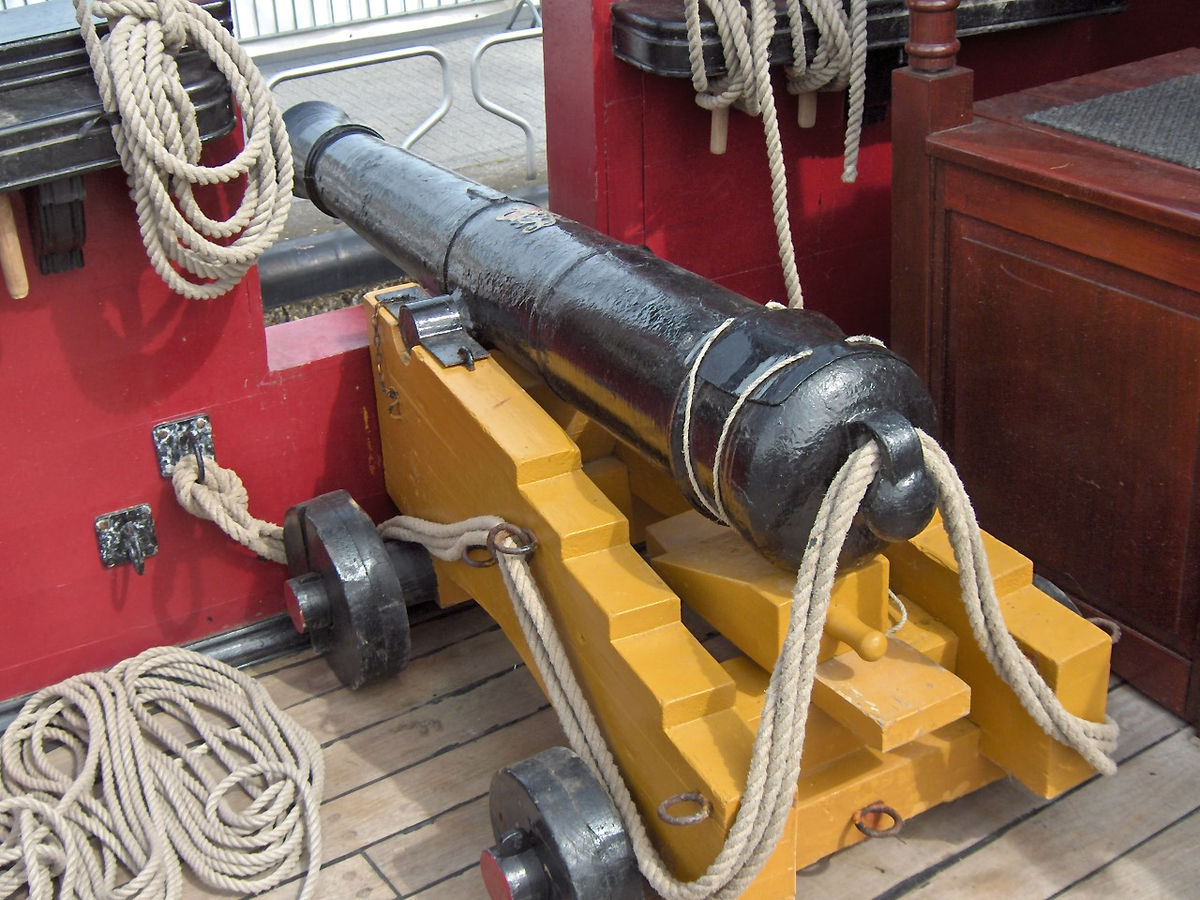Not in my experience. One very distinct example from my reloading. I was working up a new load for my 44 magnum pushing a 240gr JHP. One load used 23.5 gr of H110 (a relatively slow pistol powder) and the other load uses 13.5 gr of IMR 800x (a much faster pistol/shotgun powder). Both loads produced basically the same velocity from my 6.5 inch M29, ~1350fps. The 800x was all around a much more pleasant to shoot cartridge despite being much faster and nearly identical resulting muzzle velocities. The recoil was noticeably lighter (the powder change was nearly 1/2 as heavy), there was no muzzle flash and greatly reduced muzzle blast compared to the H110. Combining those three factors made the 800x a much MUCH more pleasant load to shoot despite both loads having the same resultant velocity.
A much less dramatic change was when I switch from 5.4 gr and N340 to the slightly faster 4.5 gr of N320 in my USPSA Major 40 load. You couldn't feel the difference shot to shot but over the duration of a full USPSA match you did notice a reduction in fatigue using the slightly faster N320.


